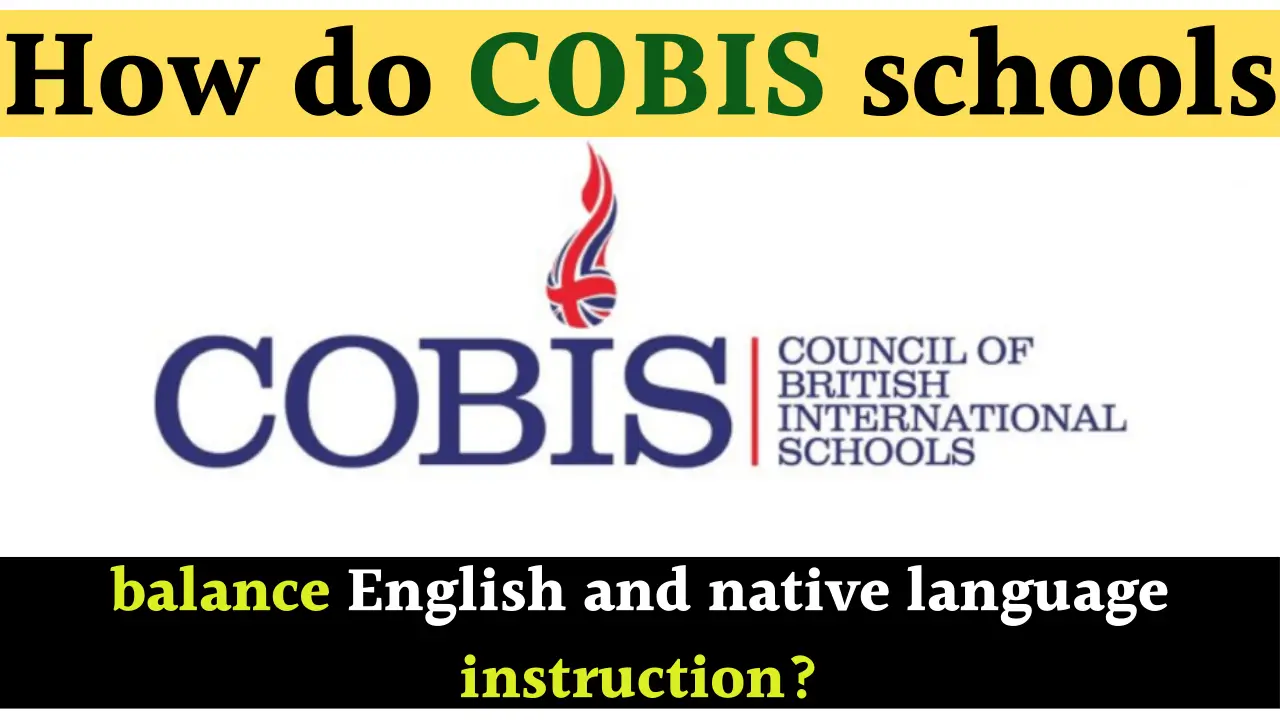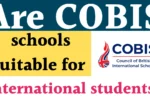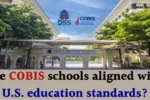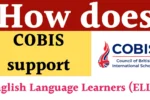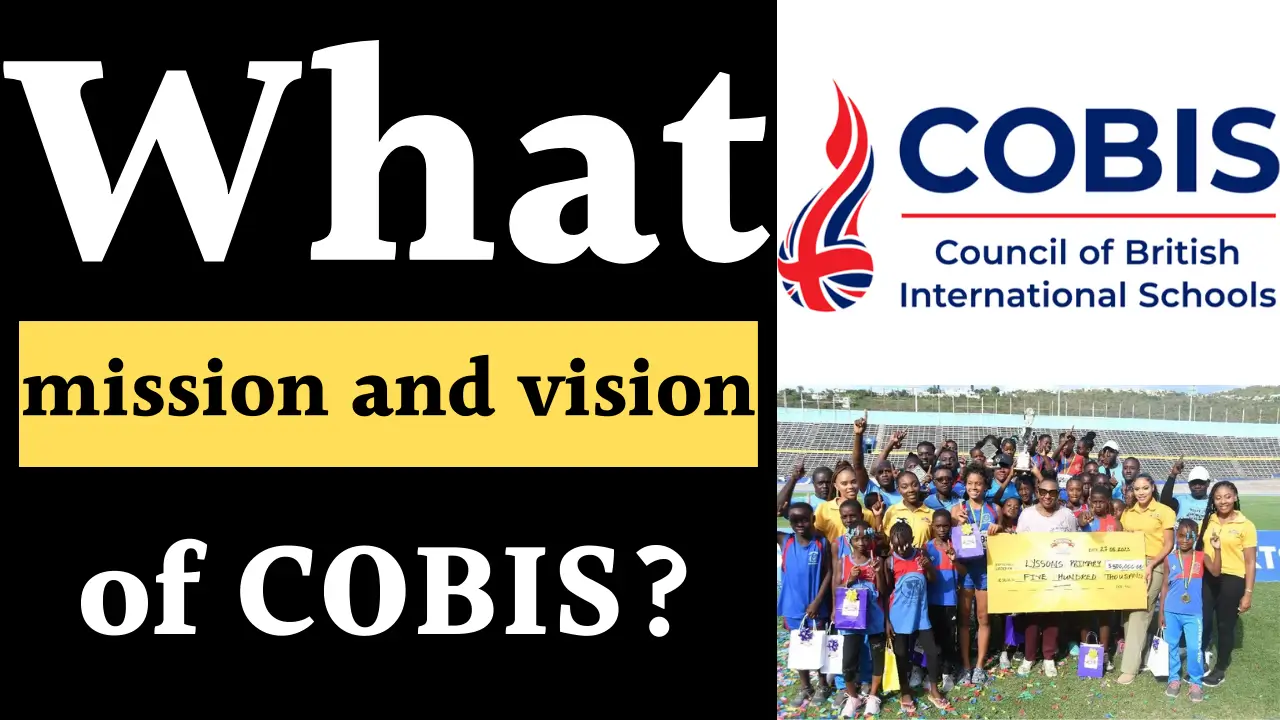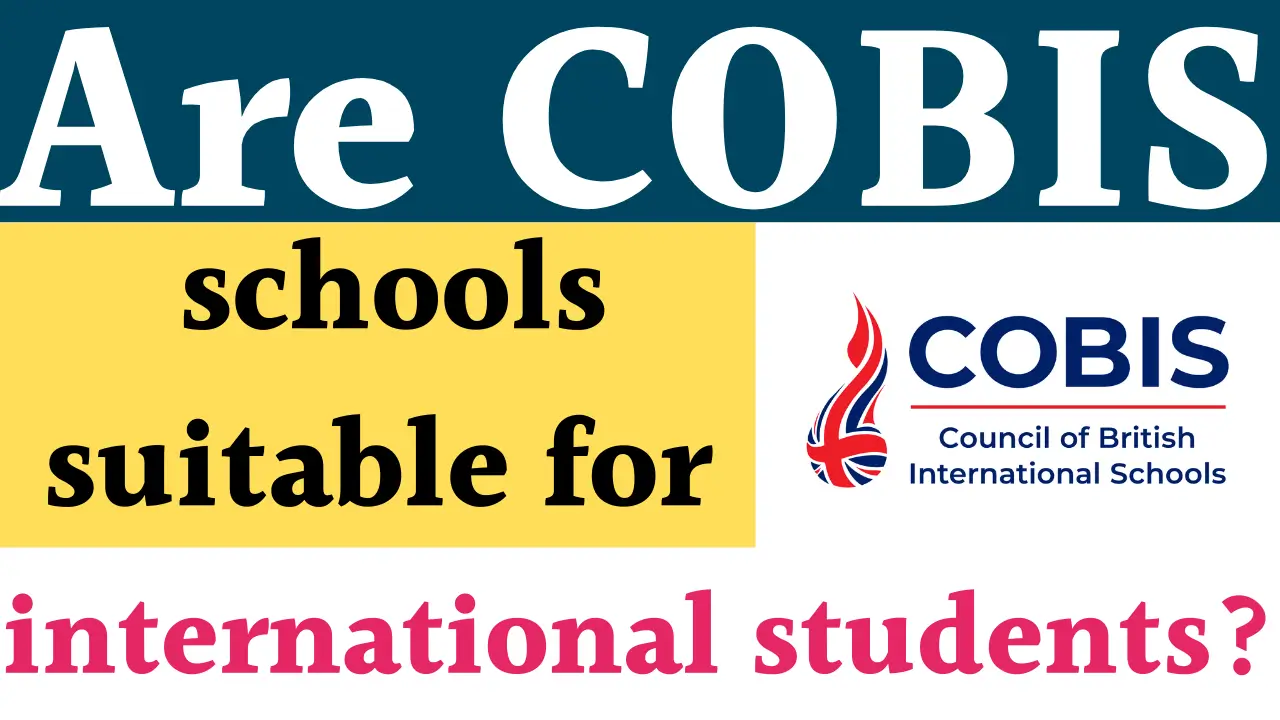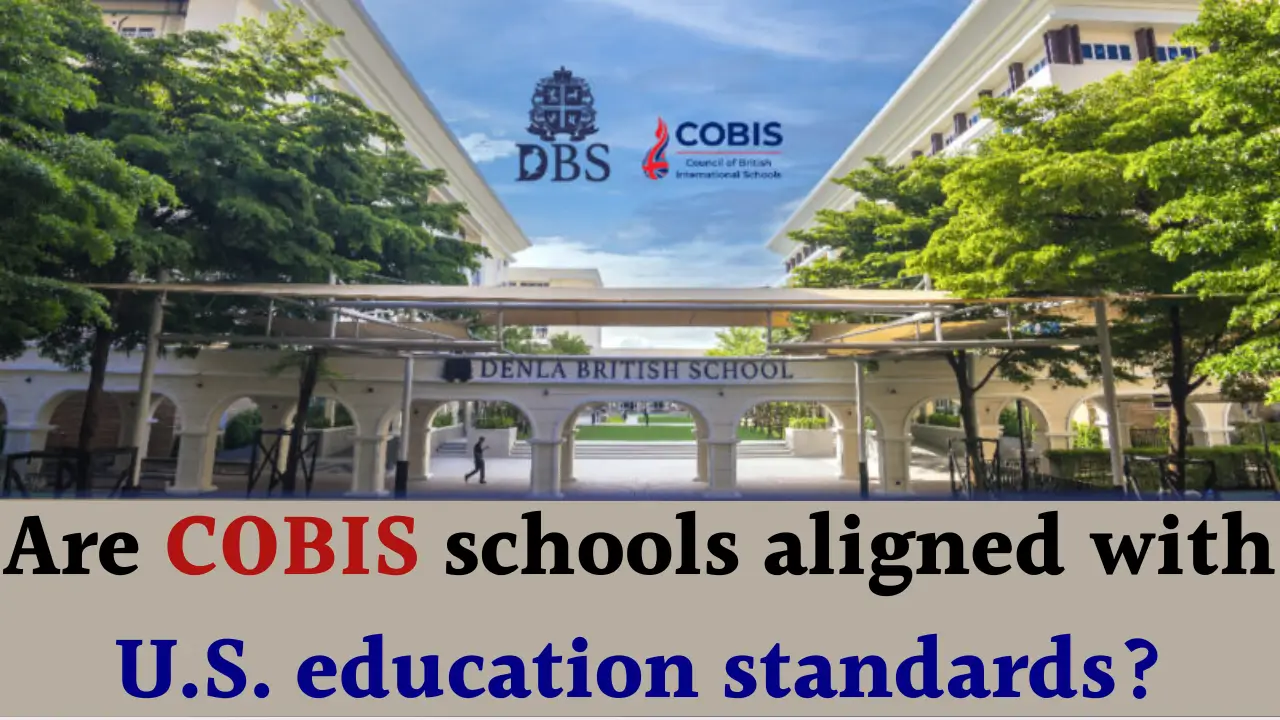COBIS (Council of British International Schools) schools operate worldwide, primarily providing British-style education. These schools face the unique challenge of balancing the delivery of education in English, the primary language of instruction, with the need to respect and integrate students’ native languages. Achieving this balance fosters bilingualism or multilingualism, respects cultural identity, and supports cognitive and academic development.
Language Instruction Philosophy in COBIS Schools
COBIS schools emphasize a respectful and inclusive approach to language instruction. While English typically serves as the medium of instruction across most subjects, there is a growing recognition of the importance of supplementing English with native language instruction to enhance students’ overall development.
Key philosophical points include:
- English is the predominant language of instruction, promoting global communication skills.
- Native languages are valued as key cultural assets and important for cognitive development.
- Schools aim to avoid English language dominance that marginalizes other languages.
- Bilingual or multilingual teaching approaches can be implemented to respect local and student community languages.
Practical Approaches to Balancing English and Native Languages
Bilingual Programmes and Dual-Language Delivery
Many COBIS schools adopt bilingual programmes where core subjects or leadership training are delivered in English and a native language. For example, a COBIS school in Saudi Arabia delivered a leadership training programme bilingually in Arabic and English to provide equal learning opportunities for all staff regardless of their primary language. Materials, online platforms, and face-to-face sessions were fully translated to avoid dominance of either language and to provide equity in comprehension and participation.
Curriculum Integration and Language Mapping
COBIS schools often integrate native languages into school curricula alongside English. Language mapping exercises help identify students’ mother tongues and design language instruction accordingly. This recognizes linguistic diversity and tailors support for foundational literacy, especially in early years education.
In some COBIS schools cooperating with local education authorities, adherence to national language policies is respected. For example, some schools implement trilingual policies supporting English, native language, and additional regional or classical languages such as Latin or French.
Professional Development in Both Languages
COBIS supports teacher training and professional development programmes in both English and native languages to ensure educators can effectively teach bilingual or multilingual students. For instance, bilingual professional development courses help staff understand pedagogical nuances and leadership concepts in both languages, improving their ability to teach bilingual classes confidently.
Use of Technology
Technology supports language balance by providing resources and platforms that function bilingually or multilingual. Digital materials, learning management systems, and communication platforms are adapted to support native language alongside English, encouraging students and staff to engage equally in both languages.
Recent Updates and Trends Supporting Language Balance in COBIS Schools
- A significant trend is the adoption of bilingual delivery for staff training programs, with materials fully translated and sessions delivered in parallel languages, ensuring inclusivity and equitable access.
- COBIS accreditation standards are increasingly recognizing bilingual and multilingual education practices as a core aspect of high-quality international schooling.
- There is growing alignment with global and local education policies (e.g., National Curriculum Frameworks and Language Policies) emphasizing mother tongue instruction in early years alongside English as a second language.
- Schools are employing language mapping and multilingual learner progress tracking to ensure balanced academic outcomes across languages.
- Innovative use of digital platforms maximizes engagement in multiple languages to aid bilingual teaching and learning.
Language Instruction Model Comparison Table
| Aspect | English Instruction Focus | Native Language Integration | Balanced Bilingual Approach |
|---|---|---|---|
| Medium of Instruction | Predominantly English | Native language as primary medium in some subjects | Dual delivery in English and native language |
| Curriculum | British curriculum adapted for international use | Local language curriculum elements included | Integrated curriculum with both languages |
| Teacher Development | Mostly in English | Native language professional development | Bilingual teacher training programs |
| Digital Resources | English resources dominant | Native language resources available | Multilingual digital materials and platforms |
| Student Language Support | English as second language support | Native language literacy emphasis | Tailored language mapping and support |
Key Strategies Implemented by COBIS Schools
- Conducting language audits and mapping to identify student language needs.
- Delivering professional development and leadership training bilingually.
- Translating digital content and school communications into native languages.
- Fostering cultural respect through curriculum and extracurricular activities.
- Aligning language instruction with both COBIS standards and local education policies.
- Using technologies to create multilingual learning environments.
- Creating policies that promote bilingual education equity without English language dominance.
Conclusion
COBIS schools achieve balance between English and native language instruction through bilingual program delivery, multilingual curriculum integration, and professional development tailored for linguistic diversity. This balance respects cultural identities, enhances academic achievement, and supports multilingual competence, equipping students for global citizenship while valuing their local heritage. Recent innovations in bilingual training and technology use continue to advance this inclusive educational approach.

